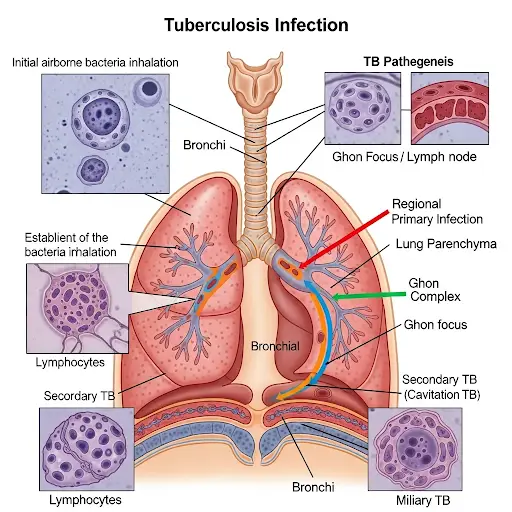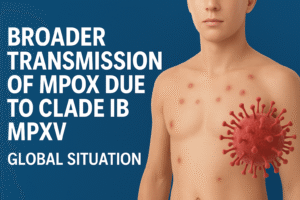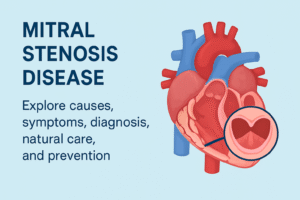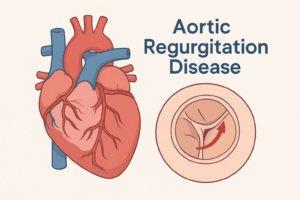Tuberculosis (TB) has been one of humanity’s oldest and deadliest diseases. Caused by Mycobacterium tuberculosis, this infection primarily attacks the lungs but can spread to the kidneys, brain, spine, and other vital organs. Despite medical advancements, TB continues to be a global health crisis—especially in developing countries.
The World Health Organization (WHO) reports that around 10 million people develop TB each year, and it remains one of the top 10 causes of death worldwide. Even today, TB kills more people annually than HIV and malaria combined.
The fight against TB is not just medical—it is social, nutritional, and economic. Understanding the causes, symptoms, treatment, prevention, and global impact of TB is the first step in tackling this disease effectively.
Causes of Tuberculosis
TB spreads when a person with active TB coughs, sneezes, laughs, or even talks, releasing bacteria-laden droplets into the air. Inhaling these droplets can transmit the infection. However, not everyone exposed develops TB. The strength of one’s immune system often decides whether the infection remains latent TB (inactive) or progresses into active TB.
Key Causes and Risk Factors:
- Weak Immune System: HIV/AIDS, cancer, or diabetes make the body vulnerable.
- Malnutrition: Lack of essential nutrients weakens defense mechanisms.
- Close Contact with Patients: Living or working in close quarters with active TB patients.
- Unhealthy Habits: Smoking, alcohol, and drug abuse damage lung health.
- Poor Living Conditions: Overcrowding, damp houses, and lack of sunlight or ventilation.
Types of Tuberculosis
TB is not a single disease—it has different forms depending on the organ affected and the resistance of the bacteria.
- Pulmonary TB
- Affects the lungs.
- Most common and highly contagious.
- Extrapulmonary TB
- Spreads outside lungs (kidneys, lymph nodes, spine, brain).
- More common in people with weak immunity.
- Miliary TB
- Rare but severe.
- Bacteria enter the bloodstream, damaging multiple organs.
- Drug-Resistant TB (MDR-TB & XDR-TB)
- Develops when bacteria resist standard antibiotics.
- Harder, longer, and costlier to treat.
Symptoms of Tuberculosis
The tricky part about TB is its slow and silent development. Early symptoms are often mistaken for a lingering flu or cough.
Common Symptoms of Active TB:
- Persistent cough for more than 3 weeks
- Coughing up blood or sputum
- Chest pain and difficulty breathing
- Sudden weight loss
- Fever and chills
- Night sweats
- Fatigue and weakness
- Loss of appetite
Extrapulmonary TB symptoms vary:
- Kidney TB → blood in urine
- Spinal TB → back pain and stiffness
- Brain TB → headaches, seizures, confusion
Treatment and Supportive Natural Care
Important: TB is curable but requires a strict course of antibiotics prescribed by doctors. Natural care can support recovery but never replace medical treatment.
Supportive Measures:
- Adequate Rest → Body conserves energy to fight infection.
- Sunlight Exposure → Boosts Vitamin D, vital for immunity.
- Hydration → Keeps energy levels up and helps flush toxins.
- Breathing Exercises → Improve lung function and oxygen intake.
Natural Remedies (Supportive Only):
- Turmeric milk – Anti-inflammatory, strengthens immunity.
- Garlic & ginger – Antibacterial and immune-boosting properties.
- Honey with warm water – Soothes throat and relieves cough.
Reminder: These remedies aid recovery but cannot kill TB bacteria. Only antibiotics can cure TB.
Prevention of Tuberculosis
Prevention is the strongest weapon in fighting TB.
- Vaccination: The BCG vaccine protects children from severe TB.
- Proper Ventilation: Fresh air and sunlight destroy TB bacteria indoors.
- Good Hygiene: Covering mouth while coughing, using masks when needed.
- Healthy Lifestyle: Balanced diet, exercise, and avoiding smoking/alcohol.
- Regular Screening: High-risk groups (HIV patients, healthcare workers) should undergo check-ups.
Healthy Diet for TB Patients
Nutrition plays a huge role in recovery. A strong immune system helps fight TB bacteria more effectively.
Foods to Include:
- Proteins → Eggs, fish, chicken, pulses, dairy (repair tissues).
- Vitamin C → Oranges, guava, bell peppers (fight infections).
- Iron-rich foods → Spinach, beetroot, lentils (prevent anemia).
- Zinc sources → Nuts, seeds, chickpeas (boost immunity).
- Whole grains → Brown rice, oats, wheat (sustained energy).
- Healthy fats → Avocado, olive oil, nuts (support weight gain).
Foods to Avoid:
Processed and junk foods
Excess alcohol, smoking, caffeine
Fried and oily foods
Risk Factors
People most at risk of developing TB include:
- HIV/AIDS patients
- Diabetics and cancer patients
- Malnourished individuals
- Smokers, alcoholics, and drug abusers
- Elderly and children with weak immunity
- Healthcare workers exposed to TB patients
- People in crowded and unhygienic environments
Global Impact of Tuberculosis
TB is not just a medical condition—it’s a social and economic burden.
- 10 million people are affected annually worldwide.
- In 2023, TB killed 1.3 million people.
- Developing countries in Asia & Africa suffer most.
- TB is strongly linked to poverty, malnutrition, and lack of healthcare access.
- Drug-resistant TB is a growing threat to global health security.
The WHO aims to end TB by 2030, but this requires mass awareness, prevention programs, and global cooperation.
Conclusion
Tuberculosis is both preventable and curable, yet it remains a global killer. Awareness, timely diagnosis, strict medical treatment, and supportive lifestyle changes are the key to defeating TB.
By promoting education, nutrition, and hygiene, while breaking the stigma around TB patients, we can move toward a TB-free world.
FAQs on Tuberculosis
1. Is Tuberculosis curable?
Yes. With proper antibiotics, TB can be completely cured. Completing the full treatment is crucial.
2. What are the first warning signs of TB?
Persistent cough, fever, fatigue, night sweats, and sudden weight loss.
3. Can home remedies alone cure TB?
No. They only support recovery—antibiotics are essential for a cure.
4. How can TB be prevented?
Vaccination, proper ventilation, good hygiene, and strong immunity.
5. Who is most at risk?
People with weak immunity, malnutrition, HIV/AIDS, or living in crowded conditions






